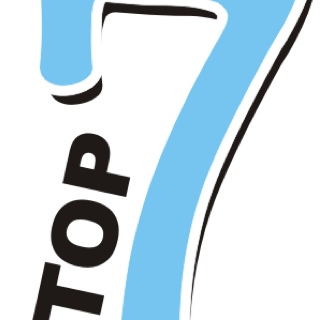Information
-
Document No.
-
Audit Title
-
Client / Site
-
Conducted on
-
Prepared by
-
Location
-
Personnel
Safety and Housekeeping
-
The area looks clean and organized, a place for everything and everything in place?
-
TM's are using all mandatories PPE's. Are those in good shape?
-
Daily safety talks. The TM can explain what was the topic of the day?
Billet /Die heating
-
Billet /log furnace. Probe cleaning process in place? All probes cleaned at least once a day?
-
Daily billet temp verification against furnace set point. Are charts available to confirm? Avg. of five billets in a row, per shift.
-
Billets and dies are discarded if staying in air for more than 5 minutes. TM's are aware of the pull out rules for billets and dies?
-
Die temp checked on each die, and recorded. Optimum 820-860 F. Procedure in place to deal with dies out of the temp window ?
-
Die heating time rules in place (min 4 - MAX 8 hours in the box). Is time in box recorded?. How does the TM manage deviation?
-
Die change process looks well planned and organized. Optimum die change < 1min.
Press Tooling Conditions and Alignment
-
Container temp is verified within the first two hours of each shift? Chart available to confirm? No need for manual measurement, just need to read the instrument panel. Need to chart. Chart needs to have defined MAX and min limits.
-
Container sealing area looks clean, without excess Al built up. Incipient flashes need to be rapidly cleaned by Maintenance as frequently as necessary.
-
Stem looks clean without traces of Al on the body, which would indicate misalignment between stem and container. Best Practice is to polish the stem during PM's, to be able to visually detect alignment issues.
-
Dummy block looks clean, without excess Al behind the expansion ring. <br>Best practice to replace the DB once a week or during PM's.
-
Butt shear produces a "clean" and straight cut, without leaving excess Al on the die face, or creating air pockets.<br>Look a die just taken out of the press.
-
Press alignment is checked daily by measuring butt position on the die. Char available to confirm?. One chart, North-South and East-West, per individual die holder. Max deviation allowed 0.060"
-
Cleaning block is used when going from harder to softer alloy, and at least once per shift.<br>Ask for the cleaning block. Should be close to the press. When was last used. Are crowns kept for maintenance to analyze?<br>
Extrusion Process
-
Recipes exist and are used in every case. Not to consider die trials. Is there a system in place to act on deviations?
-
Recipe's ram speed already set at the end of the first billet, or maximum on the second billet?.
-
A procedure exists to challenge the recipe? Is the TM aware and using it?<br>New or improved recipes need to be later approved by either Leader, Supervisor, or Process technician.
-
The press operator "knows" what is then limiting factor for further increasing speed on the current die?<br>Ask him to "show" the negative effect of increasing ram speed.
-
Exit temp. IR camera in place. Daily manual verification (hand held contact probes) and charting available.<br>MAX - min allowed exit temp for each alloy known, and displayed close by.
-
Billet length is adjusted based on previous extrusion length and butt length, to avoid excess scrap and losing a customer lenght.
-
Quench rate is verified against the standard for each alloy. Manual checking after quench box. Visual flow verification on fans.
-
Marking rules for scrap, or suspected material, including press delays, are in place and utilized.<br>Is operator aware of the rules?
-
Stretching operation is performed smoothly, without creating additional damage, or dents, to the profile?<br>Check in both cases, manual and automatic operations.
Quality Process
-
Required quality checks are clear for each product. Last customer claim is known and kept in mind by extrusion crew.<br>
-
Hardness checks conducted at packing? On structural profiles, or at customer request, each piece must be verified front and back.<br>
-
End trim validations are performed on required profiles (automotive, etc.)<br> Ask for hard copy of trim validation procedure.
-
Auditor signature
-
Plant representative signature








